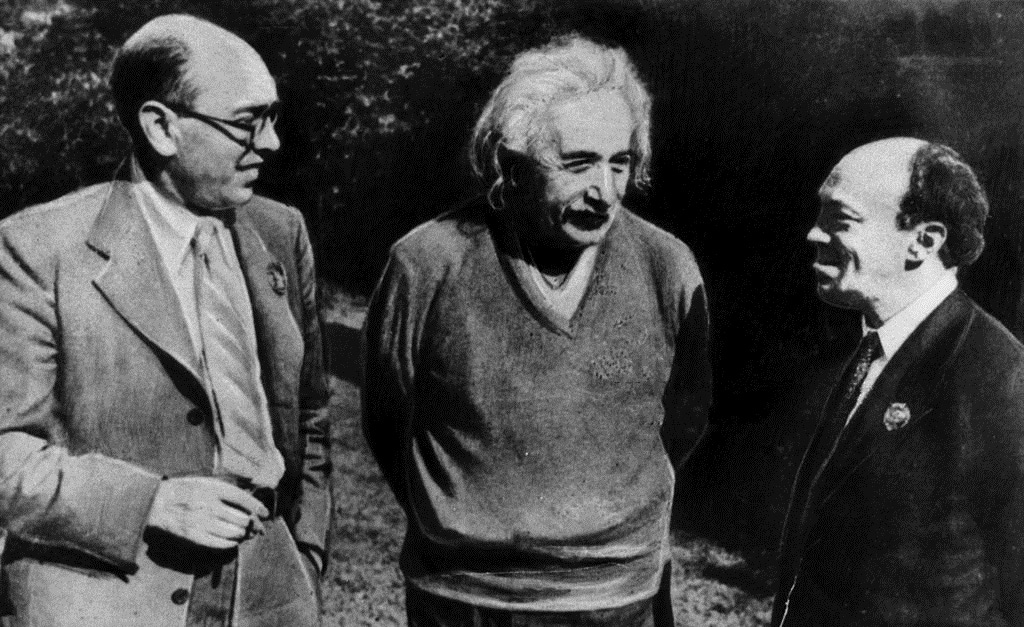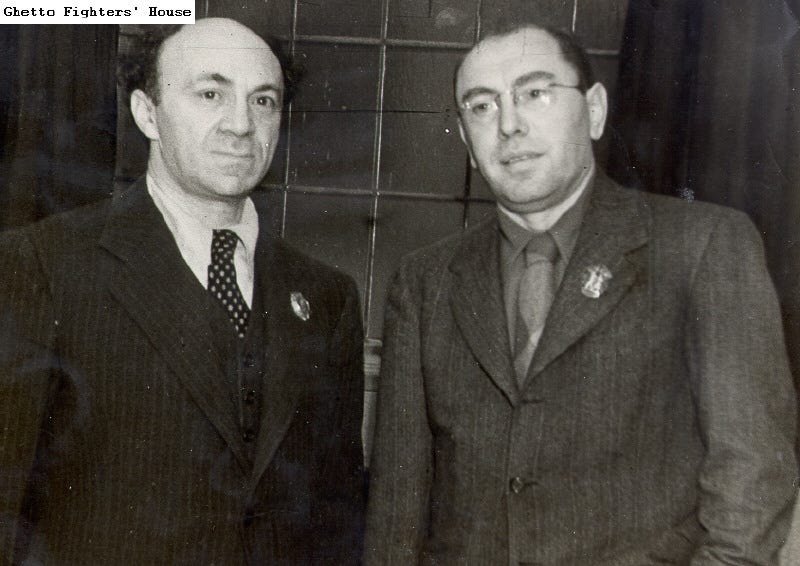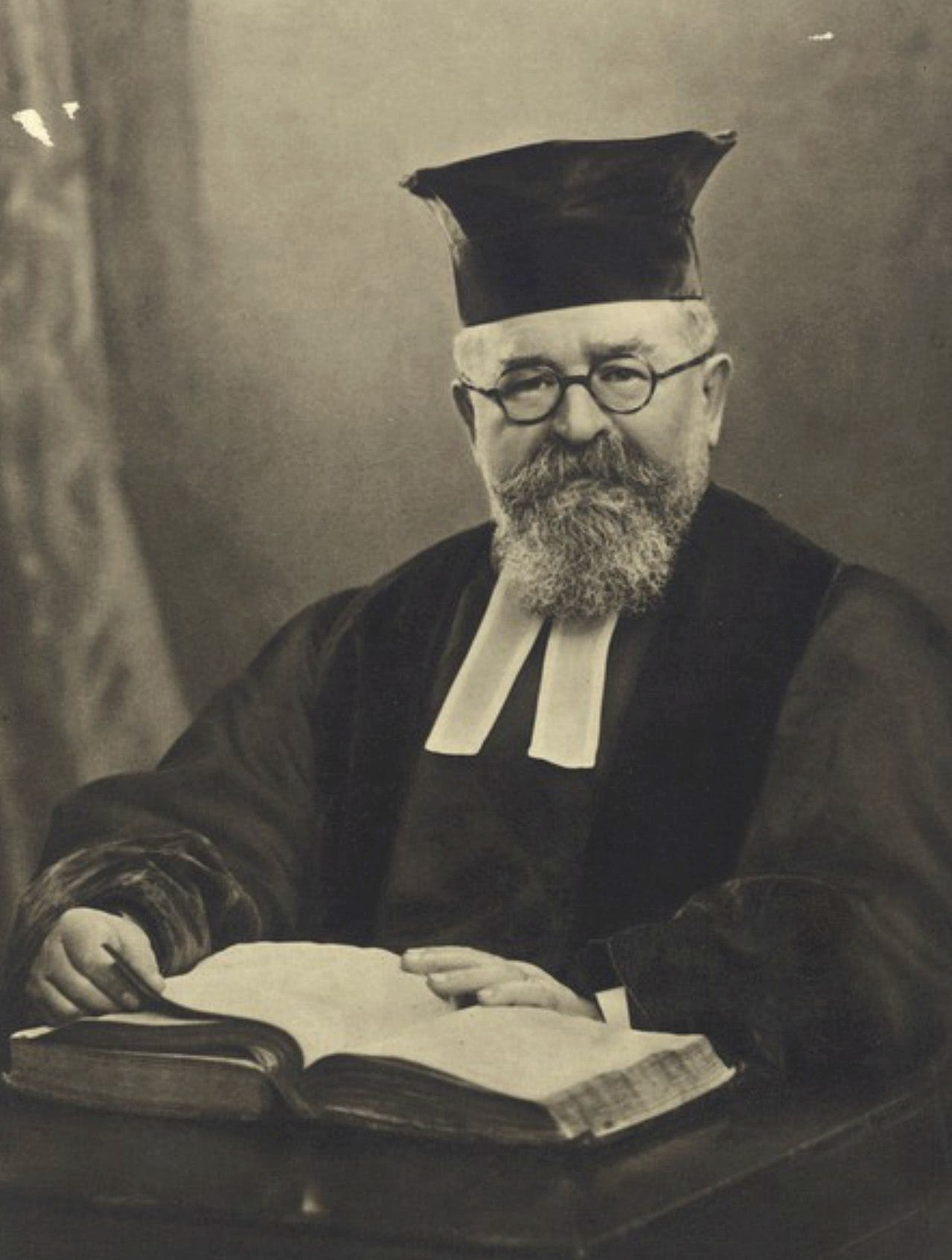The visit of two great Soviet Jews to Britain and the tragic aftermath
The Soviet writer Itzik Feffer’s Yiddish poem “Ikh Bin a Yid” – I am a Jew – is a rousing ode to Jewish survival throughout history.
Written in January 1943 – by which time the annihilation of Europe’s Jews was well under way – Feffer’s poem named the historic enemies of the Jewish people such as Pharaoh, Titus and Haman who had all gone, yet the Jewish people remained. And it name-checked heroes such as Bar Kochba who led the Jewish revolt against the Roman Empire in 132 CE which established a Jewish State for several years before it was finally crushed.
The poem became the anthem of an international tour that Feffer and Professor Solomon Mikhoels, director of the Moscow Yiddish State Theatre, embarked on in summer 1943 to galvanise Jewish support abroad for the Soviet war effort against Nazi Germany as representatives of the Jewish Anti-Fascist Committee (JAFC) of which Mikhoels was chairman.
Canada, Mexico and the United States
Mikhoels and Feffer – who held the rank of colonel in the Red Army – visited Canada, Mexico and the United States holding mass meetings with Jews in each country. Then in October 1943, at the invitation of the Jewish Fund for Soviet Russia (JFSR), both men arrived in Britain for the final stage of their tour before returning to the Soviet Union. The JFSR was led by Joseph Leftwich a writer who was responsible for translating Feffer’s poem from the original Yiddish in to English enabling it to reach a wide international audience. The committee successfully pulled together Jewish organisations from across the political and religious spectrum and worked with Clementine Churchill’s (Winston’s wife) Red Cross Aid to Russia Fund providing clothing and medicine to the Russian people.
Expectation in Britain
Newspaper reports of the meetings in the United States built a climate of expectation and excitement. This was added to by the fact that the first planned meetings in London’s Jewish East End had to go ahead without the esteemed guests, who were delayed for a couple of weeks in the US awaiting flights. At the first meeting on 10 October at the People’s Palace in Stepney the hall was filled to capacity with 2000 people and hundreds had to be turned away.
Professor Brodetsky of the Board of Deputies of British Jews told the packed room: “In Russia the Jew is something… May Russia be an example to other countries.” The following week at a similar meeting at the Stoll Theatre Chief Rabbi Joseph Hertz said that “If Russia had not made her immortal stand Jews in this country would by now have been led off in death trains.”
Mikhoels and Feffer arrive
Finally, on 30 October Mikhoels and Feffer arrived in London and held a press conference where they announced that they were in the country to develop solidarity between British and Soviet Jews and build the war effort against fascism. The event set the tone for the many meetings that were to take place over the next few weeks. The Jewish Chronicle (5 November, 1943) summarised what Mikhoels and Feffer told the meeting:
“Both have had experience of the fighting on the Eastern Front. Professor Mikhoels was in Leningrad during the siege, and Lieut. Colonel Feffer, who is a native of the Kiev district, took part in the Ukrainian battles…
…Over a quarter of the Jewish people had been wiped out. More than four million Jews had been shot, hanged, or buried alive. In places liberated by the Red Army they had seen thousands of corpses of innocent people thrown into pits, they had seen women shot, children hanging from trees, old people hacked to pieces. These victims called for vengeance.
Hitler, that great master of miscalculation, had also miscalculated about the Jewish people. From all the corners of the great Soviet Union, sons of the long-suffering people had risen up to fight. Shoulder to shoulder with their Ukrainian and Byelo-Russian brothers, under the leadership of the great and honourable Russian people, the Jews had produced tens of thousands of heroes who had covered their people with undying glory.”
They then spoke at large public meetings in Manchester and Glasgow before returning to London to speak at meetings on 7 November commemorating the anniversary of the Russian Revolution.
East End of London
The following week the much anticipated first meeting in the Jewish East End of London took place at the People’s Palace in Mile End. Mikhoels and Feffer spoke in Yiddish. Mikhoels told the audience that 5 million Jews were fighting in the Red Army and that 10,000 had been decorated. He then described the Nazi massacres in Kiev which had just been liberated by the Red Army saying that 56,000 Jews had been murdered there:
“We have come here… to transform your feelings of hatred and indignation into bullets and into shells and into bayonets to plunge into the heart of the enemy.”
Mikhoels concluded in Hebrew, “Am Yisrael Chai!” – The People of Israel Live!
Feffer then spoke saying that he had been through the heavily bombed streets of Whitechapel and seen the ruins which reminded him “of the ruins of Stalingrad.” He expressed pride in the Jews who were fighting in the Red Army, in the Allied armies, with the partisans and in the ghettos and “of the Jews of Palestine who are fighting.”
They spoke at numerous other meetings in London and then on 21 November, the day before they were due to leave spoke at a full session of the Board of Deputies. Mikhoels thanked the Board for its work supporting the JFSR hoping that in the future British and Soviet Jews would develop further ties.
That night Mikhoels and Feffer made their final appearance at a meeting at the Stoll Theatre. Chief Rabbi Hertz mentioned that in the Soviet Union antisemitism was a crime then read “Ikh Bin a Yid”. He got to the final words:
“Whatever the enemy may do
The liberty of the world we shall save.
I shall dance on Hitler’s grave.
‘I am a Jew!”
And then in front of the entire audience he wept.
The murders of Mikhoels and Feffer: the death of Soviet Yiddish culture
Whatever Mikhoels and Feffer and the other members of the Jewish Anti-Fascist Committee earnestly believed about antisemitism in the Soviet Union – and had convinced Rabbi Hertz of – after the war things took a devastating turn for Soviet Jews from which they never recovered.
Stalin became paranoid, and saw conspiracy at every turn, believing that the international contacts Mikhoels and Feffer had built during the 1943 trip were part of the ultimate conspiracy theory: the Jewish one.
In January 1948 Mikhoels was murdered in Minsk by the Soviet secret police and the events staged as a car accident. Other members of the JAFC were arrested and initially spent several years in prison accused of disloyalty, bourgeois nationalism, cosmopolitanism and plans to establish a Jewish autonomous region in the Crimea in the service of the United States.
It emerged in the 1990s when the files became available that some of the case built against the imprisoned members of the JAFC was taken from evidence Feffer provided. While he was a member of the JAFC he had also been an agent of the state security apparatus the NKVD. His loyal activities did not save him though. On 12 August 1952 Feffer and at least a dozen other prominent Jewish writers were executed in what has become known as “The Night of the Murdered Poets.”
In the years following Stalin’s death in 1953 firstly Feffer, and then eventually Mikhoels were rehabilitated and what happened to them recognised as criminal. By then it was not only too late for them but also for the rich Soviet Yiddish culture which arguably reached its height in the mid-1940s. It never recovered. It was a tragedy for the Soviet Union and the Jewish people, both of which were poorer for the loss.
You can read the full poem Ikh Bin a Yid/I Am a Jew here.








